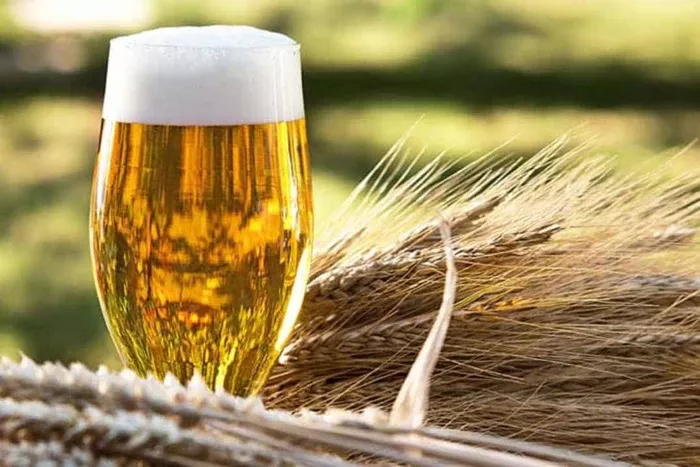Stout has defied broader industry trends in the UK beer market, experiencing an unexpected rise in popularity since the Covid-19 pandemic. While overall beer sales have declined, stout has seen significant growth, fueled by media attention, social media trends, and evolving consumer preferences.
According to IWSR, a leading global authority on beverage alcohol data, stout volumes in the UK surged by 24% between 2019 and 2023, including a 12% increase in 2023 alone. This starkly contrasts with the overall decline of 6% in UK beer sales during the same period. Notably, stout, premium-plus world lagers, and no-alcohol beers are among the only beer categories seeing growth. Initially, IWSR projected a 6% volume increase for stout in 2024, but the recent surge could prompt an upward revision. Between 2023 and 2028, stout is expected to grow at a compound annual growth rate (CAGR) of 2%, while the broader beer market is anticipated to shrink at a -1% CAGR.
Several factors contribute to stout’s surge in popularity. One of the key drivers is the changing demographic of stout drinkers. Younger consumers, particularly those of legal drinking age, have returned to on-premise drinking post-pandemic, shifting from spirits to longer alcoholic drinks such as stout. This has expanded the traditional stout audience, once dominated by older male drinkers, to include younger individuals and more women.
Social media and celebrity endorsements have also played a crucial role in boosting stout’s profile. The news of a Guinness shortage in late 2024 attracted widespread attention, and high-profile figures like Kim Kardashian drinking stout in a London pub and Olivia Rodrigo sporting a Guinness T-shirt in Dublin helped elevate the drink’s visibility. Social media trends, such as the “splitting the G” challenge on Instagram, where drinkers align the foam level with the letter G on a Guinness pint, and the “baby Guinness” cocktail, have also contributed to stout’s rising popularity. Its distinctive dark color and creamy head have made stout especially well-suited for social media promotion, similar to trends seen with rosé wine and spritz cocktails.
The increasing popularity of no-alcohol beers has further contributed to stout’s growth. Many breweries have introduced no-alcohol stout variants, appealing to younger consumers seeking moderation. While no-alcohol stouts are tracked separately from traditional stout in volume data, their rise has helped enhance the visibility and appeal of the stout category.
As consumer interest grows, so does innovation within the category. Following the widely publicized Guinness shortage, drinkers have begun exploring other stout brands, prompting brewers to innovate and expand their offerings. This has fueled greater experimentation and engagement with the segment.
While stout’s resurgence is most evident in the UK, similar trends are emerging in Ireland and other markets. Research from IWSR shows stout’s growing prominence internationally, although its growth has been particularly notable in the UK and Ireland.
The future of stout’s momentum remains uncertain. While growth is expected to continue in the short term, it remains to be seen whether the current surge will sustain long-term, or if it is merely a temporary trend driven by publicity and social media influence.
You Might Be Interested In:


